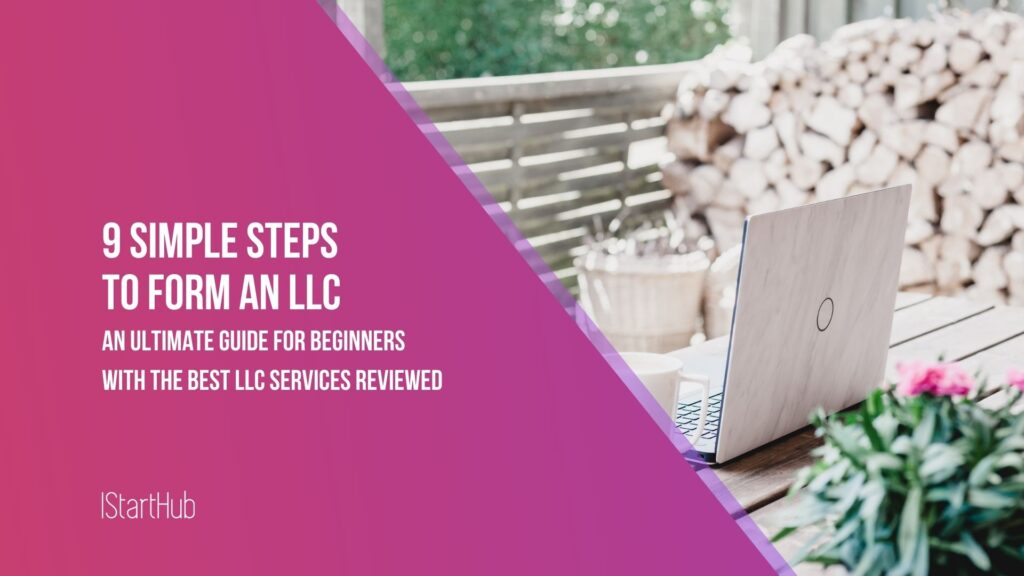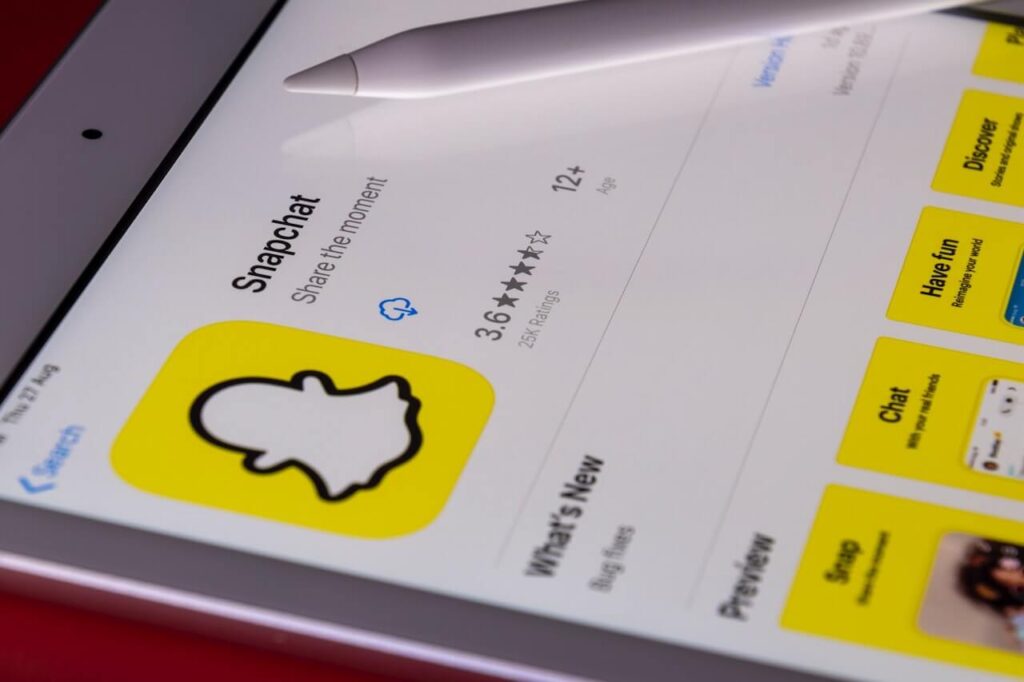Now Reading: Best Ways to Grow Your Freelance Business in 6 Months (Without Spending a Dime)
- 01
Best Ways to Grow Your Freelance Business in 6 Months (Without Spending a Dime)
Best Ways to Grow Your Freelance Business in 6 Months (Without Spending a Dime)

We both know running a freelance business isn’t easy.
You have to constantly be on the lookout for new business―if you don’t have work, you don’t get paid.
The problem is: it seems like you either have to get really lucky or spend another month’s rent on ads to get a consistent stream of new clients.
I know exactly how this feels.
(And it doesn’t do much to lower your stress levels.)
Is there anything you can do to grow your business for free (that actually works)?
Luckily, there is.
After testing tactic after tactic, I’ve found two strategies for growing your freelance business that are incredibly effective AND don’t cost a dime.
Just how effective are they?
They helped me increase my monthly revenue by 102.86% in 6 months this year.
And here’s exactly how you can use them to grow your business:
The 2 Incredibly Effective Ways to Grow Your Freelance Business for Free
1. Networking

I have a confession to make…
I’m not a people person.
Just the idea of networking makes me really uncomfortable.
But earlier this year, I realized something that made me do it anyway:
Networking is the #1 way to get really good clients―and when you think about it, it’s easy to see why.
People are much more likely to work with (or refer people to) someone they’ve met.
So, I highly recommend making yourself:
● Go to meetups
● Get involved in professional organizations
● Go to conferences
● Join a few really good online communities
You never know when you’ll meet a great client.
My brother once got a client on a flight from Seattle to Nashville.
Keep these 3 things in mind while you network:
– Showing genuine interest in other people makes them like you more.
People who like you are likely to send you clients. I recommend reading How to Win Friends and Influence People by Dale Carnegie―it’s one of my top personal development books.
– Be prepared to give an effective elevator pitch when people ask you, “So, what do you do?”
I recommend following this formula: “I help ___ do ___ by ___.”
For example, my elevator pitch is “I help business generate leads and traffic on autopilot with SEO.”
Read also: How to start a dropshipping business today
– Don’t try to make sales.
With networking, you’re playing the long game.
You want to develop lifelong, mutually beneficial relationships.
And you definitely won’t do that by pushing people to work with you right when you meet them.
Let things play out naturally.
2. Cold Outreach Emails

My number two way of how to effectively grow your freelance business is sending cold emails. People are always surprised when I tell them how I get most of my clients.
“What? You just send cold outreach emails and they actually respond? No one I know checks their email!”
This is one of the many misconceptions people have about email outreach.
The truth is: it’s incredibly effective when done right.
At the beginning of this year, I sent 20 emails to people I wanted to work with.
And I was shocked at what happened…
Not only did I get 5 responses, but I also got 3 scheduled calls and 1 confirmed client.
The few hours I spent sending emails resulted in $3,000 (and potentially $24,000 per year).
As an SEO specialist, I’ve sent 1,000’s of emails and have learned what works and what doesn’t when it comes to outreach.
Here’s my exact process of how to send cold outreach emails:
Step 1: Make a list of your ideal clients with their contact info
- Who Is Your Ideal Client?
- Where are they located?
- What do they do?
- What niche/industry are they in?
- What do they look like (from a business perspective)?
Spend time crafting your definition of an ideal client―and be specific. This article from Mirasee helped me a ton during this process. Reach for the stars here. Nothing’s off limits.
My ideal client, for example, is an author or personality-driven brand with an important message.
When I decided on that, I had no idea how I’d ever get a client like that.
Fast forward 3 years and I only work with my ideal clients at prices I never thought I could charge.
Moral of the story?
Act like you have a magic wand that lets you work with whoever you want to.
Define exactly who your ideal client is, even it seems like a stretch.
Finding Your Ideal Client
Now it’s time to make a list of actual businesses/people who might fit your definition of an ideal client.
The easiest way to do this is by using Google.
My go-to tactic is searching for blogs by category (by typing in “top [insert category here] blogs”).
If your ideal client doesn’t likely have a blog, then try searching for lists of businesses in specific industries.
There are tons of free databases out there with information on startups, SaaS companies, non-profits, and more.
Finding Their Contact Info
This is wayyyy easier than people think it is.
As long as you have a list of ideal clients’ websites, you can find their contact info within about 30 seconds.
Just download the Hunter.io Chrome plugin (nope, I’m not affiliated with them) and it will look for every email address associated with a website. It gives you 100 free searches per month.
Sometimes this tool won’t find any email addresses.
In this case, you have a few options:
1) You can try to guess some email addresses and see if they’re deliverable with the Hunter.io Verifier.
2) You can use a contact form (not ideal but might still work).
3) You can look for specific people in the company on LinkedIn and message them.
Regardless of how you contact your ideal client, you must contact the right person.
Spend time looking at the “About Us” and “Team” pages on their site to find a decision-maker you can reach directly.
Your email is much more likely to get lost if you email someone low on the totem pole.
Step 2: Send a tailored email to each of the ideal clients on your list identifying problems that you can solve
Every business has problems (no matter how big they are).
Maybe they have:
● Have low conversion rates
● Boring, ineffective blog content
● Low organic traffic
● Money-wasting ads
● No leads
● And the list goes on and on
Your goal is to identify a problem each ideal client has and figure out how to position yourself as the best solution to that problem.
Read also: 7 Low-Investment Ideas for Your Online Business
There are a few different ways you can identify problems potential clients have:
● SEO – check out their site using a crawler like Screaming Frog and a backlink tool like Ahrefs
● Adwords – check out their ads using a tool like SEMRush
● Facebook Ads – check out their ads using a tool like Adespresso
● Email Marketing – sign up for their email list and pay careful attention to their copy
● Content Marketing – read through the blog posts on their blog and think of ways they could be improved to generate more traffic and leads
● Analytics – check the tags on their site to see if they’re set up properly using a Chrome plugin like Tag Assistant and inspect the code on their site by right-clicking and selecting the “inspect”.
There are tons more ways to do this, but these are just a few ideas.
See anything in common with these?
They all require time and attention.
You can expect to spend anywhere between 30 – 60 minutes identifying problems for your outreach email.
Does that kinda suck? Yeah.
But your outreach email won’t work well unless it speaks directly to their problems and proves that you’re the best solution.
It’s well worth the time.
Writing Your Outreach Email
Alright, you’ve done the hard work, now it’s just time to put everything into writing.
Your goals with each outreach email you send are simple:
1. Briefly state who you are and why they should care.
2. Prove to them you’ve followed them for a while and/or digested some of their content (if you’ve taken a course, signed up for a mastermind, or purchased a product, TELL them how much you loved it).
3. State the problem you found, or if you didn’t find a specific problem you can fix, ask them how happy they are with [FILL IN THE BLANK] (examples: conversion rates, data quality, copy, newsletter subscribers, sales pages, etc.).
4. Tell them how you can fix the problem, along with how you’ve fixed the same (or similar) problem before.
5. Let them know you’re available this week and next for a quick 15 – 30- minute call to chat.
If you can write these elements in a brief, compelling way, you’ll have an incredible response rate.
(Mine was about 40%.)
Check out this resource on the CopyHackers blog for more info on writing great outreach emails.
Step 3. Follow up and schedule calls
People tell me all the time they’re scared of following up.
They don’t want to annoy people, which is understandable, but if you don’t send at least one follow up you miss out on potential opportunities.
These people are busy.
They get 100’s of emails per day and they have to run a business―their attention gets pulled in so many different directions.
If they don’t respond, it might just be because they’re busy.
Sending a single follow up email after 3 business days increases the chance they’ll respond.
Read also: How to become an influencer and make money online
One follow up won’t annoy them, just acknowledge that you know they’re busy and this is the only follow up you’ll send them.
As people respond, try to schedule a call as soon as possible so you can provide them massive value (and so they can see you’re an actual person).
Final thoughts…
Growing Your Business for $0 Sounds Impossible…But It Isn’t
I doubled my income in 6 months this year just by using these two tactics.
They didn’t cost me a dime and got me high-quality clients.
If you focus on providing people with value and fixing their problems, you too can grow your business to where you’ve always wanted it to be.
















